
Scientists and photographers have been working in collaboration for a great many years to document the numerous natural marvels this planet has to offer, like the world's oldest trees. Photographs can help in these incredible scientific campaigns by ensuring these gorgeous life forms are captured for eternity on camera.
That was precisely the goal with which Brooklyn-based artist Rachel Sussman set out across the globe. With the help and research of enthusiastic biologists, Sussman hunted down 30 of the world's oldest living things, from 80,000-year-old aspens to 3,000-year-old corals. Her goal was to ensure these incredible gifts of our planet are memorialized before they disappear.
Her book "The Oldest Living Things in the World" has 124 pictures of the 30 different species determined to be the oldest, as well as information about each one. To give you the perfect taste of what she and her team have achieved, here are some of the oldest living things she captured.
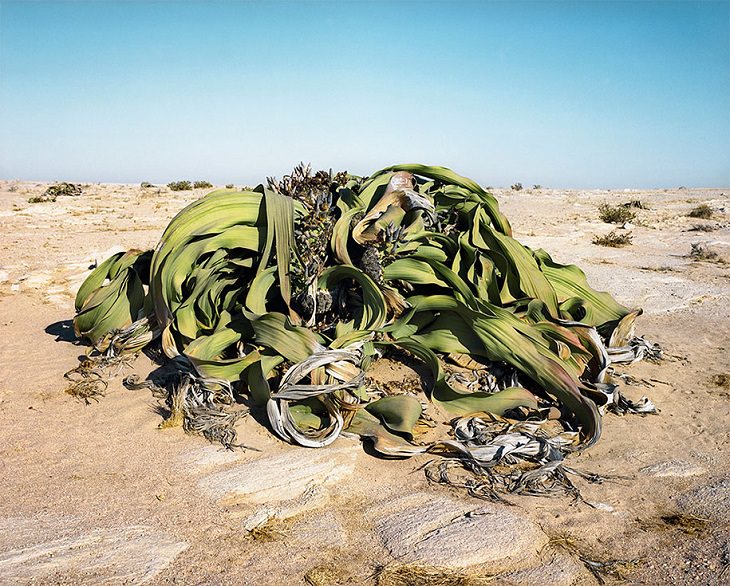
The Welwitschia mirabilis is a seed-producing plant that also goes by the name tree tumbo and is considered by many to be a living fossil. It is found solely in the Kaokoveld Desert located within the southern African coastal desert, the Namib. When Sussman made her way to the oldest of these plants, she noted how the plant looked “more like a science fictional sea creature than a primitive conifer…”
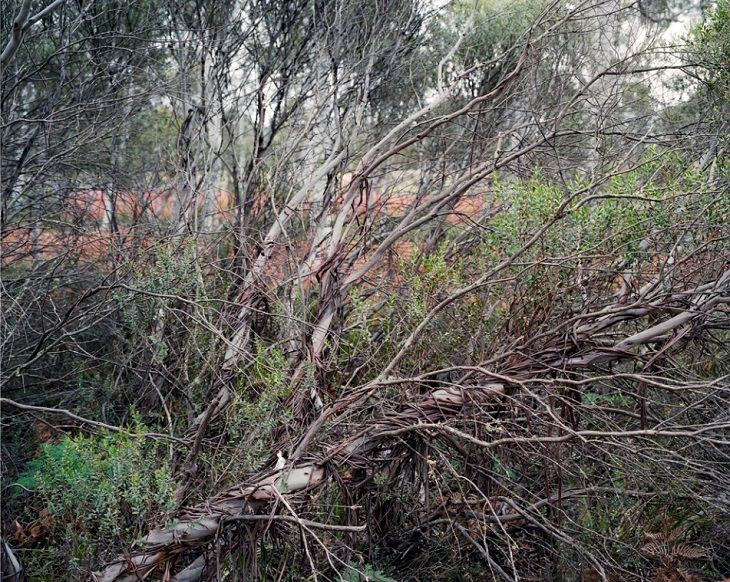
One of Rachel’s great discoveries was this aged but sturdy rare eucalyptus tree located in Australia. It is an extremely rare and critically endangered species of Eucalyptus. There are less than 5 of its kind left in the world. In order to ensure this scarce and highly demanded species remains safe, the keepers of this tree requested Sussman to keep the name of the species undisclosed to the public.
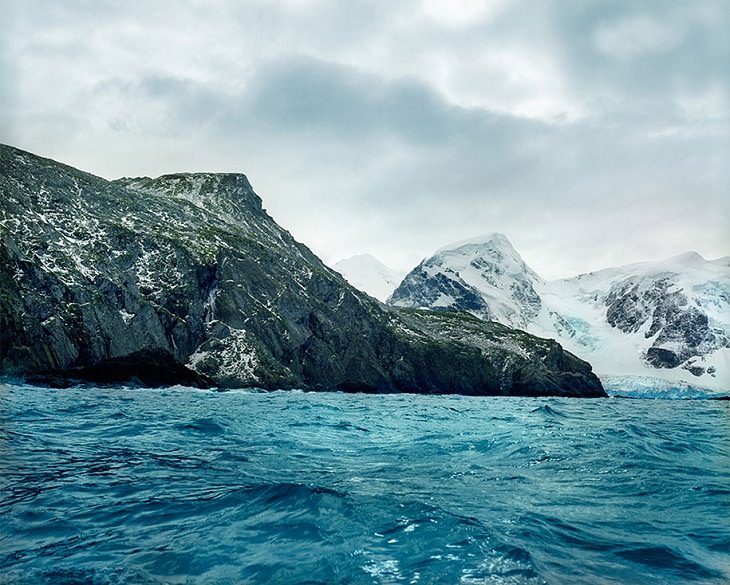
Another stop on Sussman’s list was this moss bank on the coast of Elephant Island in Antarctica. The location of this particular icy cliff has close ties to history, as it lies extremely close to where the Shackleton Expedition was marooned nearly a century ago. Though it was difficult to find, she still managed to capture a photograph of this gorgeous 5,500-year-old moss.

This old colony of Huon pine was discovered atop Mount Read in Tasmania. Ancient pollen was found near a lake at the bottom of the colony which genetically matched the pine. Carbon dating revealed the age of the pollen and consequently, the age of this old colony of branches. The photograph shows the portions of this ancient colony that managed to survive a destructive fire that tore through it some time prior.
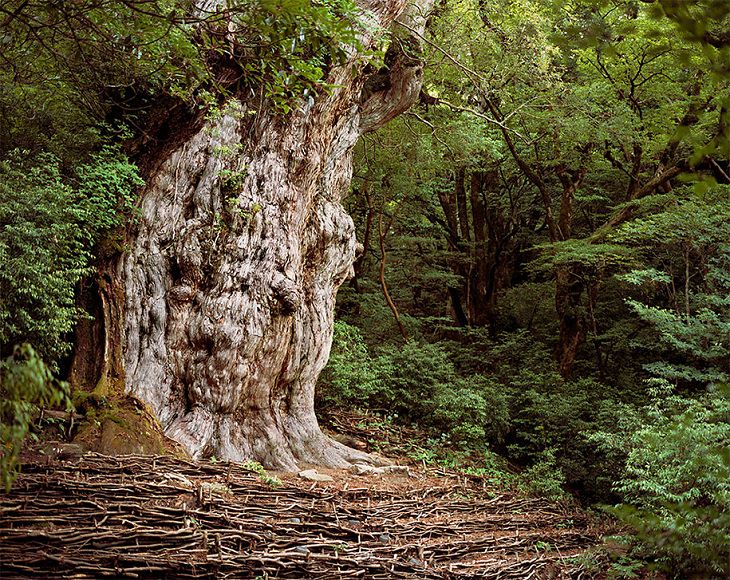
Jōmon Sugi is a very famous evergreen tree on the island of Yakushima in Japan. This cypress has been recognized as the largest and oldest old-growth Cryptomeria in Yakushima, so it could not be left out of Sussman’s book. It is located on the highest peak of the island and is a UNESCO World Heritage Site. In the 1960s, the discovery of this tree led to sterner action to protect the forest as well as gave the island’s tourist industry a huge boost.
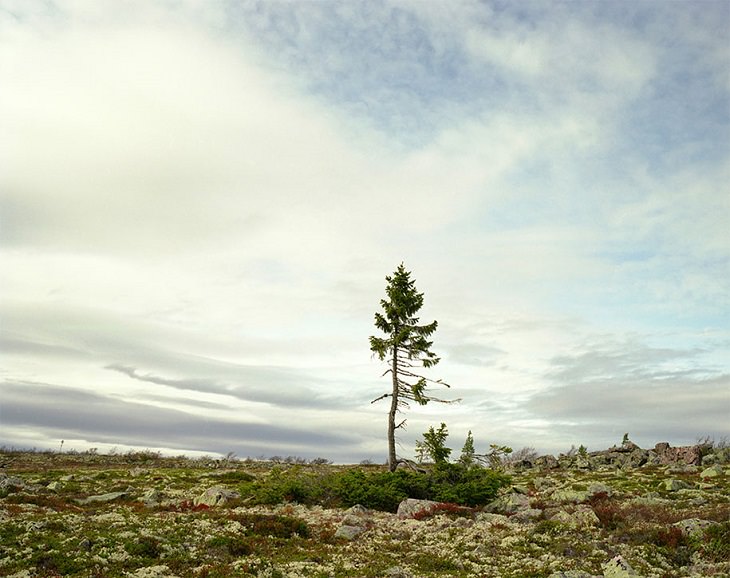
This photograph depicts a nearly 10,000-year-old Gran Picea spruce tree in Dalarna, Sweden. The tall and winding tree stands alone on a rocky cliff with a slight slant in its structure. The 9,550-year-old collection of branches can be seen towards the top of the tree. Holding up these older branches is a much newer trunk that began growing only in the past 50 years due to the rising temperatures on the top of the plateau.
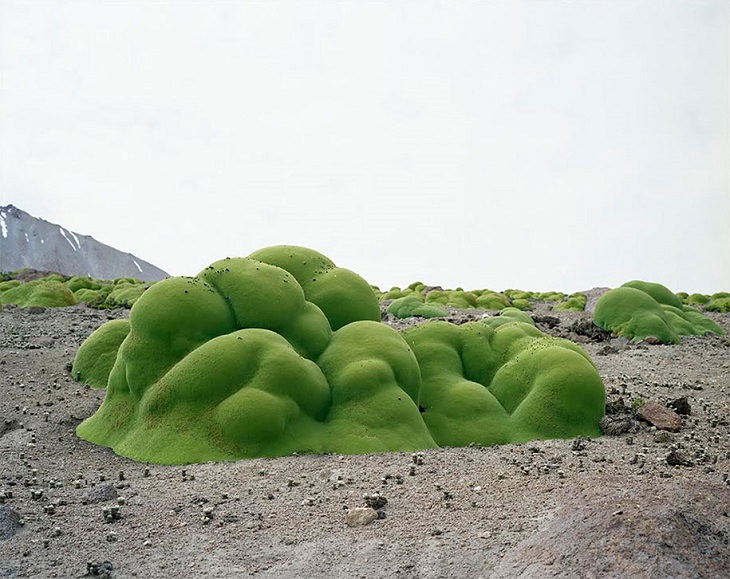
Lying in the Atacama Desert in Chile is the Yareta plant, a 3,000-year-old flowering shrub engulfed in a dense thicket of leaves. Sussman climbed to high elevations to find this distant relative of the parsley plant. It is known for its unique appearance that greatly resembles a moss-covered stone or boulder.
(Source: Rachel Sussman - Website | Ted Talk)
Be sure to share these amazing old lifeforms!
 1:36
1:36
140 Days in Less Than 2 Minutes- Pomegranate Time Lapse
This time-lapse will show you what to expect when you're trying to grow a brand-new pomegranate tree from fruit and exactly how to do it.
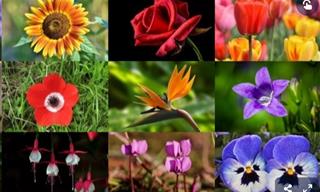
INTERACTIVE: Click on the Flower to See Its Full Beauty
These interactive photos of flowers will allow you to see them in video with a click.
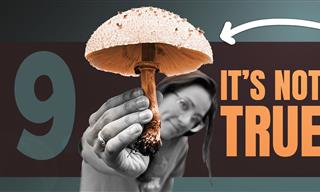 15:39
15:39
9 Myths About Mushrooms BUSTED For Good
Can we eat mushrooms raw or must we cook them first? Do they all have medicinal properties? And how can they help with cancer?
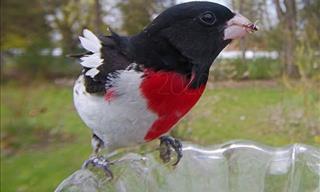
A Woman's Backyard Receives Many Beautiful Bird Visitors
Ostdrossel makes different items using candid photographs of beautiful birds captured on her backyards feeder cam
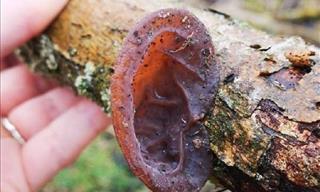
You've Never Seen Nature Look So Beautiful Yet Bewildering
Here are some photographs displaying the true randomness and versatility that nature offers, complete with powers of camouflage!
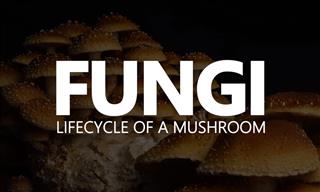 3:07
3:07
Spore to Fungi: The Lifecycle of Mushrooms in Fast-Forward
Enjoy this look into one of nature's most incredible shows: the lifecycle of the mushroom in time-lapse over 2 years.
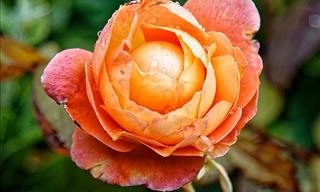
9 Fragrant Roses to Fill Your Garden with Pleasing Aromas
Check out this list of some intensely aromatic roses that will flood your garden area with delightful smells.
 7:56
7:56
Love Natural Beauty? Watch This Video of South America!
Beautifuk 8k video of south america taken by drones.
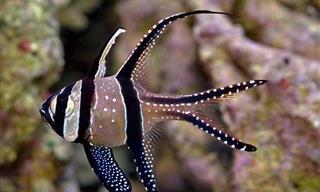
18 Gorgeous Fish You've Got to See!
The oceans hold countless amazing creatures, such as these 30 fish considered the most beautiful in the world...

This Photographer Captured the Majesty of Maine Coon Cats
Photographer Robert Sijka is a cat aficionado, and he also happens to be an excellent photographer. Take a look at his work with Maine Coon cats.
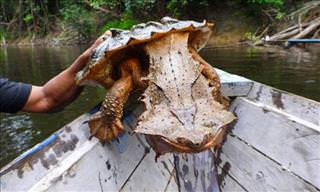
Have You Ever Seen Animals As Odd As These?
These animals will shatter any stereotypical notion of what, say, a pig, or a turtle, should look like. Here are 15 animals you've probably never seen before.
 5:00
5:00
Why Do Cats Sport Vertical Pupils?
Why do they need these vertical pupils? Learn all about it right here in this fascinating video.
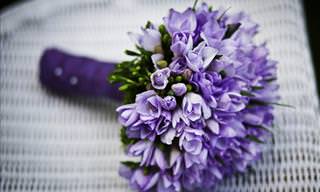
The Complete Guide to Flower Etiquette!
Flowers are perfect for every event. This guide explains when to gift the perfect flower.
 11:13
11:13
Whoa! I've Never Seen Dogs as Enormous as These!
Have you ever seen dogs as enormous as these ones? We bet that you haven't!
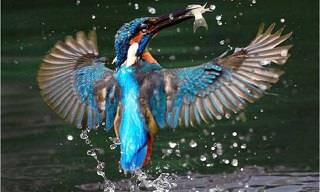
These 40 Beautiful Birds Were Perfectly Photographed
40 great bird photographs taken in Taiwan by the well-known Taiwanese photographers John and Fish

A Woman's Backyard Receives Many Beautiful Bird Visitors
Ostdrossel makes different items using candid photographs of beautiful birds captured on her backyards feeder cam
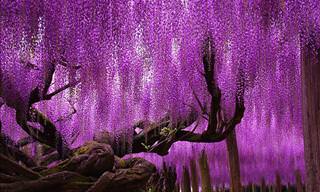
This May Be the Most Beautiful Tree in the World
The photos I am about to show you are of Japan’s largest Wisteria plant, also known as Wistaria. It is located in the Ashikaga Flower Park and while it's not the biggest in the world, many people say it is the most impressive.
 11:31
11:31
The Unwritten Rules Cats Expect You to Follow
Learn the subtle ways cats communicate, what really earns their trust, and how to create a home they feel secure in.
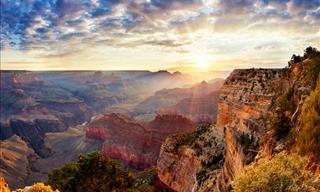
Think You know the Grand Canyon? Check Out These 12 Facts
It’s one of the natural wonders of the world, and for good reason. Take a look at these 12 facts about the Grand Canyon you might have missed.
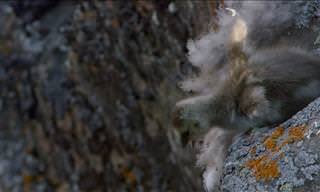 2:14
2:14
A Heart-In-Mouth Video About a Chick's Fight To Survive
The adaptations of nature are truly incredible. Barnacle goose chicks have to leap off cliffs within hours of their birth to reunite with their parents.
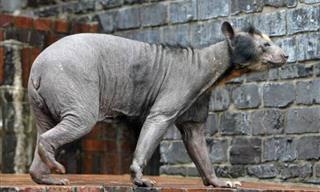
The Wildest Things You’ve Never Seen in Nature (16 Pics)
These photos redefine how we see the natural world.
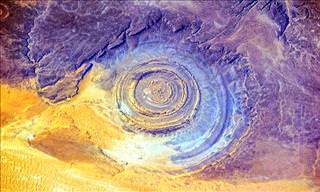
These Natural Wonders Are Too Strange For Words
Natural weather processes have resulted in some truly weird and wonderful natural wonders forming in certain areas of the world. Here are 12 of the weirdest.
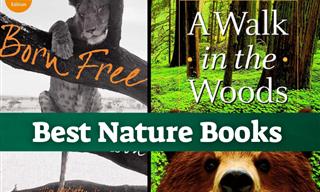
These Books Should Be on Every Nature Lover’s Bookshelf
If you are craving adventure and a deep dive into the mysteries of the wilderness, check out this list.
 19:18
19:18
5 Of the Most Remarkable Adaptations in the Natural World
This video looks at five animals who have some remarkable adaptation abilities for survival in the natural world.
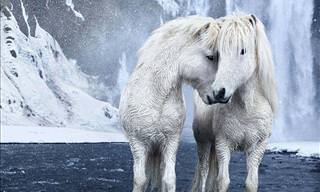
These Are the Best Photos of Horses That You'll Ever See!
Iceland is a place that is full of beauty...even the horses are absolutely majestic. Take a look!
 5:16
5:16
This Bird is a Legendary Master of Disguise
This bird might be right in front of you, and you'll never know it!

Horse Kingdom: Exploring the 15 Most Stunning Horse Breeds
Many beautiful horse breeds have been developed over the course of the centuries, but some are more beautiful than others... Take a look.
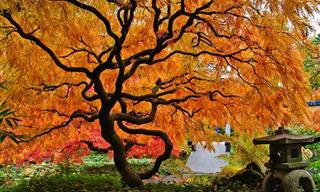
If You Thought You Knew What Trees Look Like, Look Again!
Most trees are good in the background and you hardly notice them. Not so with these spectacular rare woodland giants. Here are 13 amazing trees.
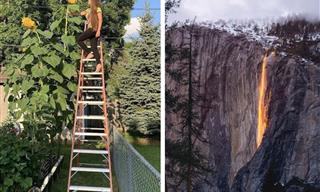
No One Can Stay Indifferent To Mother Nature’s Stunts
Nature will always find a way to remind us how powerful it is, and these stunning mages prove it.
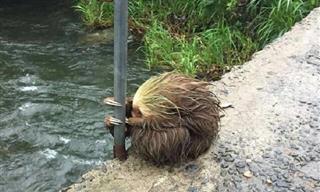
The Power of Natural Disasters Captured in Poignant Photos
These photographs give you an in-depth and chilling look at the true power and toll of the worst natural disasters from storms to floods.

Poignant Photos of People and Nature Colliding Perfectly!
These 20 photographs perfectly encapsulate how truly stunning people and nature can be together, and how beautiful the Earth is!

Salmon vs. Tuna: The Key Differences You Should Know
Both salmon and tuna are great seafood choices to add to your diet. But which one's healthier?
 7:43
7:43
7 Fascinating Natural Phenomena Science Can’t Explain
From the Great Blue Hole in Belize to the Sailing Stones in CA, this video will introduce you to 7 natural phenomena science isn't fully able to explain.
 5:22
5:22
These Are the Best Animal Moments Ever Captured on Video
Get right into the mouth of the lion with this absolutely incredible compilation of animal videos.
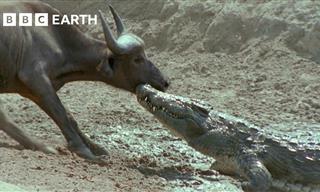 25:51
25:51
Wild Battles: Nature's Most Intense Animal Confrontations
These confrontations reveal animal behaviors at their most primal state,
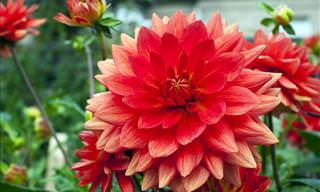
Behold, 10 of the Most Beautiful Flowers in the World!
Take a look at the world's most beautiful flowers in this collection of photos we have made just for you to enjoy and share with your friends.
 8:19
8:19
These Amazing Animal Rescues Will Give You a Big Smile
From daring rescues to quiet acts of compassion, these animals show us what it means to care.
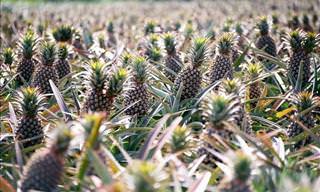
We Bet You Don't Know How Your Favorite Foods Are Grown!
Ever wondered how peanuts grow? Or what cocoa actually looked like before it was harvested? Well, you've come to the right place!
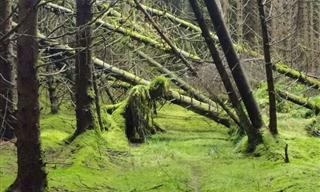
When Nature’s Power Leaves Everyone Speechless (16 Pics)
When nature stopped people in their tracks...
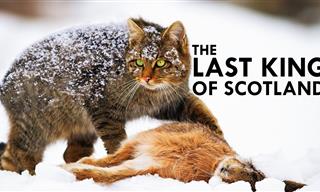 8:51
8:51
Scottish Highlands Wildcats Are SUCH Fascinating Animals!
The Scottish wildcat is the rarest cat in the world and a symbol of the Scottish Highlands. Learn all about these ferocious hunters in this video.

10 Adorable Sea Animals You Would Love to be Friends With
Take a look at some of friendliest sea creatures that are known to be gentle and amiable with humans.
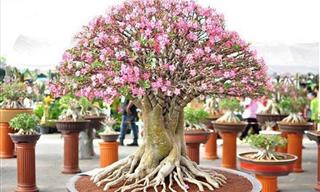
These 20 Cute Bonsai Are a Cut Above the Average Tree
Trust the Japanese to have the most beautiful miniature trees in the world. These 20 bonsai's are so fabulous!
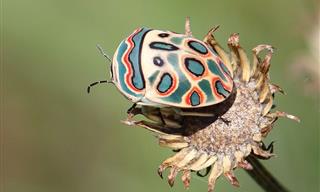
12 of the Most Alluring Bugs You've Ever Seen
A collection of 12 beautiful insects I guarantee you've never seen before.
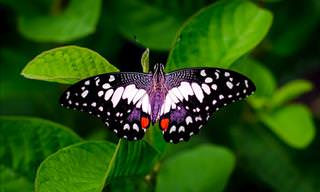
See Colorful Butterflies in Gorgeous Detail
We present you with our most beautiful photo galleries of butterflies and moths all in in one page.
 2:59
2:59
Watch This Smart Bird Save Its Babies From a Crocodile
Watch as this devoted dad tucks its chicks and keeps them safe when the big croc comes by to try and steal them away for his breakfast.
To enable your Ad-Free Subscription, please fill the fields below
Your subscription was successful, now you can enjoy an ad-free experience!! Note: To make sure you get no ads, please make sure to log in to your account. If you are logged in already, then refresh the page. The subscription can be cancelled at any time.


